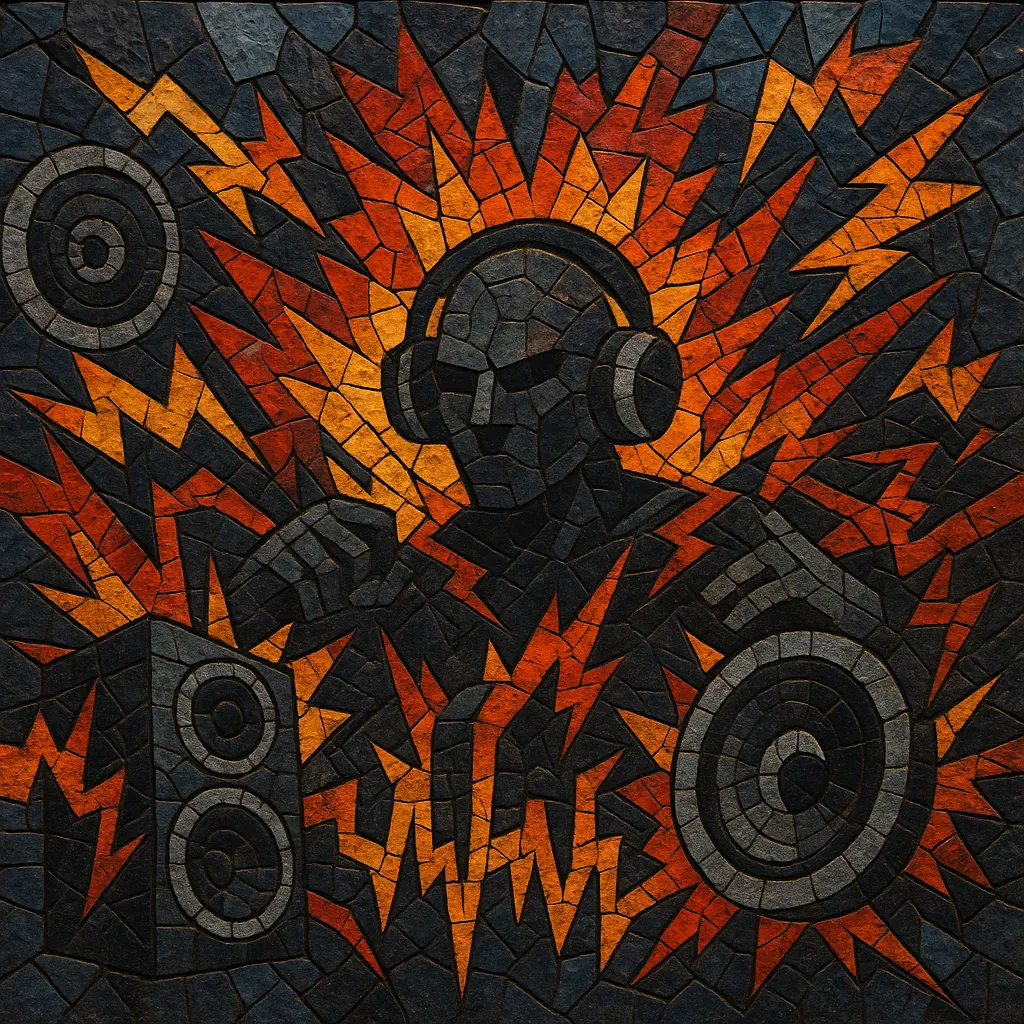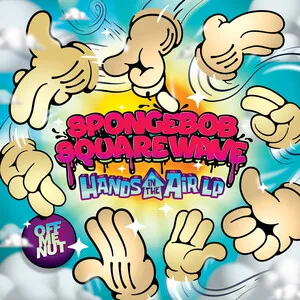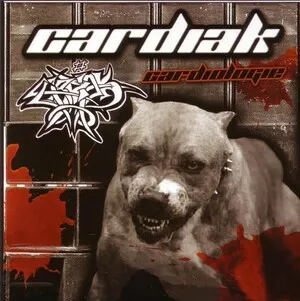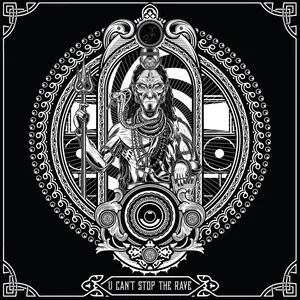Hardtek (often written hard tekno) is a fast, hard-edged offshoot of the European free party/teknival scene, characterized by a pounding 4/4 kick, aggressive drive, and playful rave stabs or chopped samples.
Typically running around 160–185 BPM, the style takes the distorted, body-moving kick-bass aesthetic of free tekno and pushes it toward a brighter, more animated and bouncy energy than gabber or Frenchcore. Tracks are built for large sound systems and outdoor festivals, with long DJ-friendly intros/outros, rolling percussion, and tension-and-release drops.
Culturally, hardtek is tied to DIY sound systems, itinerant parties, and an anti-establishment ethos that values spontaneity, live performance, and community over commercial club culture.
Hardtek emerged from the European free party movement after the early-1990s rave boom. Following crackdowns in the UK, sound systems such as Spiral Tribe helped seed a continental network of teknivals, especially in France. In these open-air, DIY contexts, producers fused the relentless four-on-the-floor momentum of techno with the distortion, tempo, and rebel spirit of hardcore—and the result coalesced into distinct "tekno" strains, with hardtek marking the faster, punchier, more playful side.
France became the creative hub, with crews and labels centering the hard, rolling kick as both bass and rhythmic engine. Compared with gabber’s brute force and Frenchcore’s denser triplet feel, hardtek favored a straighter bounce, ravey stabs, edits, and humorous sample chops. Vinyl and white-label culture thrived in the scene, while live hardware sets and long, improvised performances defined the ethos.
As production tools and online platforms democratized distribution, hardtek spread across Europe and beyond, feeding international teknivals and festivals. A generation of French artists refined the sound with tighter sound design, brighter leads, and crossover elements from hard trance and electro. Substyles such as raggatek (hardtek fused with ragga/dancehall vocals) showcased the genre’s sample-driven, high-energy flexibility, while the core free-party identity—DIY sound systems, outdoor gatherings, and community-first values—remained intact.








